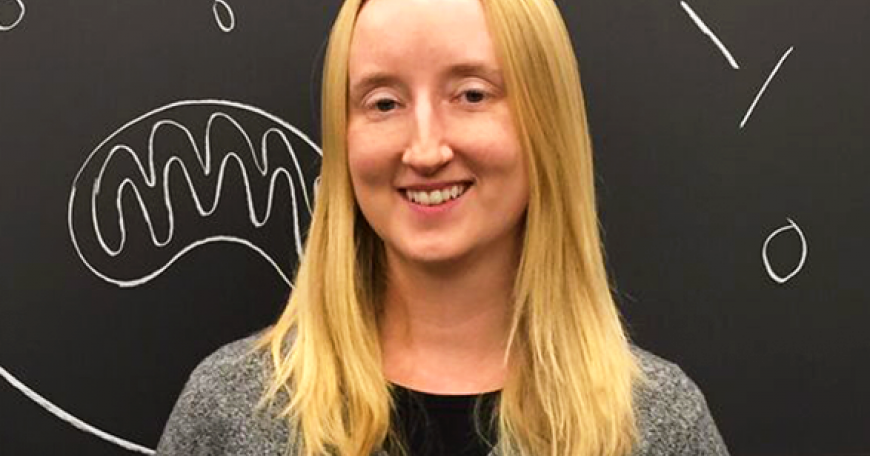
Digital Learning Lab Profile: Dr. Mary Ellen Wiltrout, PhD on Taking Biology Teaching Digital
Dr. Mary Ellen Wiltrout, PhD is on a mission to improve teaching and learning. As part of MIT's Digital Learning Lab, Wiltrout works closely with the Office of Digital Learning and her academic department, Biology, to develop online courses and digit al learning materials for both global and on-campus audiences. Starting in 2013 as part of the team for one of the most innovative, early massive open online courses (MOOCs), Introduction to Biology – The Secret of Life (7.00x), she has continued to experiment with digital and blended learning, allowing her to study what effect those methods have on teaching and learning.
"Learning is hard to measure," Wiltrout says, but her experience with digital learning is opening the door to understanding the learner's experience. In the biology projects that she oversees, such as the MOOC and residential versions of Molecular Biology (7.28), questions are incorporated into the material so that learners get instant feedback. The feedback is not only valuable to the l earners, but allows the course team to instantly see what's working in the course. For example, Wiltrout can tell if learners are finding a concept difficult just by studying the number of student attempts on a practice problem.
Learning is hard to measure"--Mary Ellen Wiltrout
Wiltrout's team will then use the interaction data to improve the course design in future offerings. Instructional design is one of the most challenging aspects of digital learning projects, so cultivating learner data is incredibly important. Not only is it very different to design a course with online components than a traditional classroom course, but also designing a course that is accessible to the world adds another layer of complexity. During the initial offering of Introduction to Biology, she thought a lot about how to use clear language understandable to worldwide learners and the benefits of providing instructions in different formats given the variety of behaviors from learners.
Working with digital learning both globally and on campus at MIT continues to excite and surprise Wiltrout. This summer, her team created an award-winning animated visualization on DNA structurefor the MITx course Molecular Biology: DNA Replication and Repair (7.28.1x). "Experiments and molecular mechanisms in a cell are hard for people to picture without lab experience," says Wiltrout. "This is a way to help students visualize what's happening."
But perhaps most meaningful are the personal stories that Wiltrout hears s o often. Teaching a global community shows her the reach that her courses have, s ometimes in unexpected places. This year, Wiltrout got to know David Li, a 14-year old student who lives in Minnesota. David, who is taking Molecular Biology: DNA Replication and Repair (7.28.1x) and took the other MITx Biology courses, did so well in the course and was so helpful to other students in the discussion forums, that the staff selected him to be a community TA even at such a young age. The other community TA is an undergraduate student from South Korea. Not only do thes e learners provide additional knowledge to the course, but also an excite ment about learning. It's through these interactions that Wiltrout and her team really know that the work they are doing is truly making a difference.
For more information, review the published paper on Wiltrout and Thornton's video visualizations in 7.06 Cell Biology on campus. To experience the full range of digital learning materials in Biology visit the MITx Biology portal.

